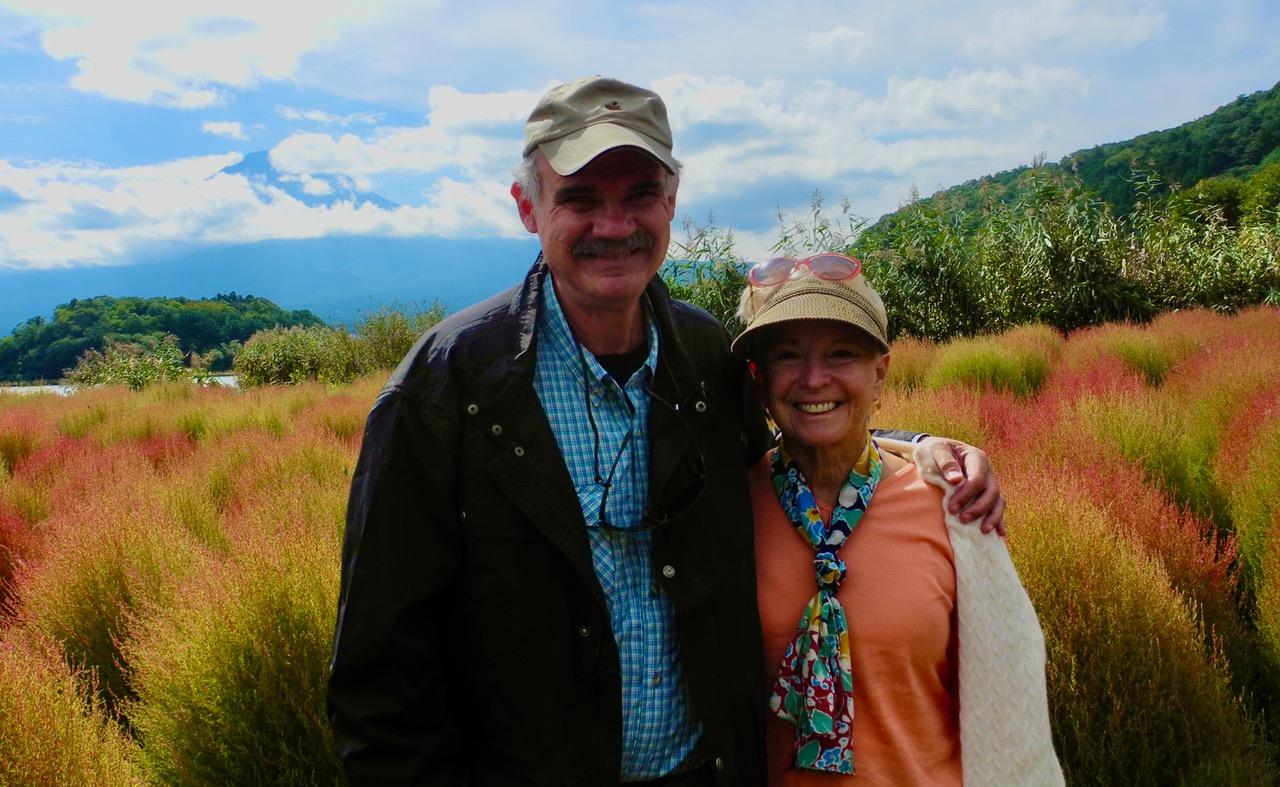Gift creates learning center for first-year students at Tulane School of Medicine
A gift of $1 million has created the Leone Learning Center at Tulane University School of Medicine, which recently opened to educate the next generation of medical professionals. The center is named for Cheryl Levine Leone, MD, and her husband, Philip Leone, MD, who met when they were both students at Tulane.
“Cheryl and Philip Leone often tell of the profound impact a Tulane education had on their lives and careers. Now, their generosity is making a difference in the education and lives of a new generation of physicians,” Tulane President Michael Fitts said. “Their chance meeting at Tulane was a lucky moment for all of us.”
The Leone Learning Center, located in the Murphy Building, is a state-of-the-art facility designed to provide flexibility in education, and is the primary learning center for first-year medical students. The opening of the center is particularly ideal given the current pandemic. In addition to its large capacity, the modular capabilities allow for sub-division into three individual rooms, each capable of holding a socially-distanced small group and providing much-needed space for safe in-person learning experiences.
“The timing could not be better for this adaptable learning space,” says Dr. Lee Hamm, dean of Tulane School of Medicine. “The Leone family’s generous gift continues our mission of educating a new class of future doctors.”
What typically strikes those who enter the facility for the first time is how different the space is from traditional classrooms, which are designed to make the faculty the focal point. In the Leone Center, those learning are the focal point. This allows an instructor to immerse themselves as they facilitate and guide students in an organic fashion. As a result, our future healthcare providers will not only remember the content but be better suited to apply concepts beyond standard examinations and into real-world applications.
The unique space features 32 small-group tables with monitors surrounding the perimeter, providing visual access from all locations – as well as a “smart-board” to present information and lessons. These tools assist individual table-teams as they simultaneously learn, engage in discussion and contribute to the learning of both their individual group and the class as a whole.

